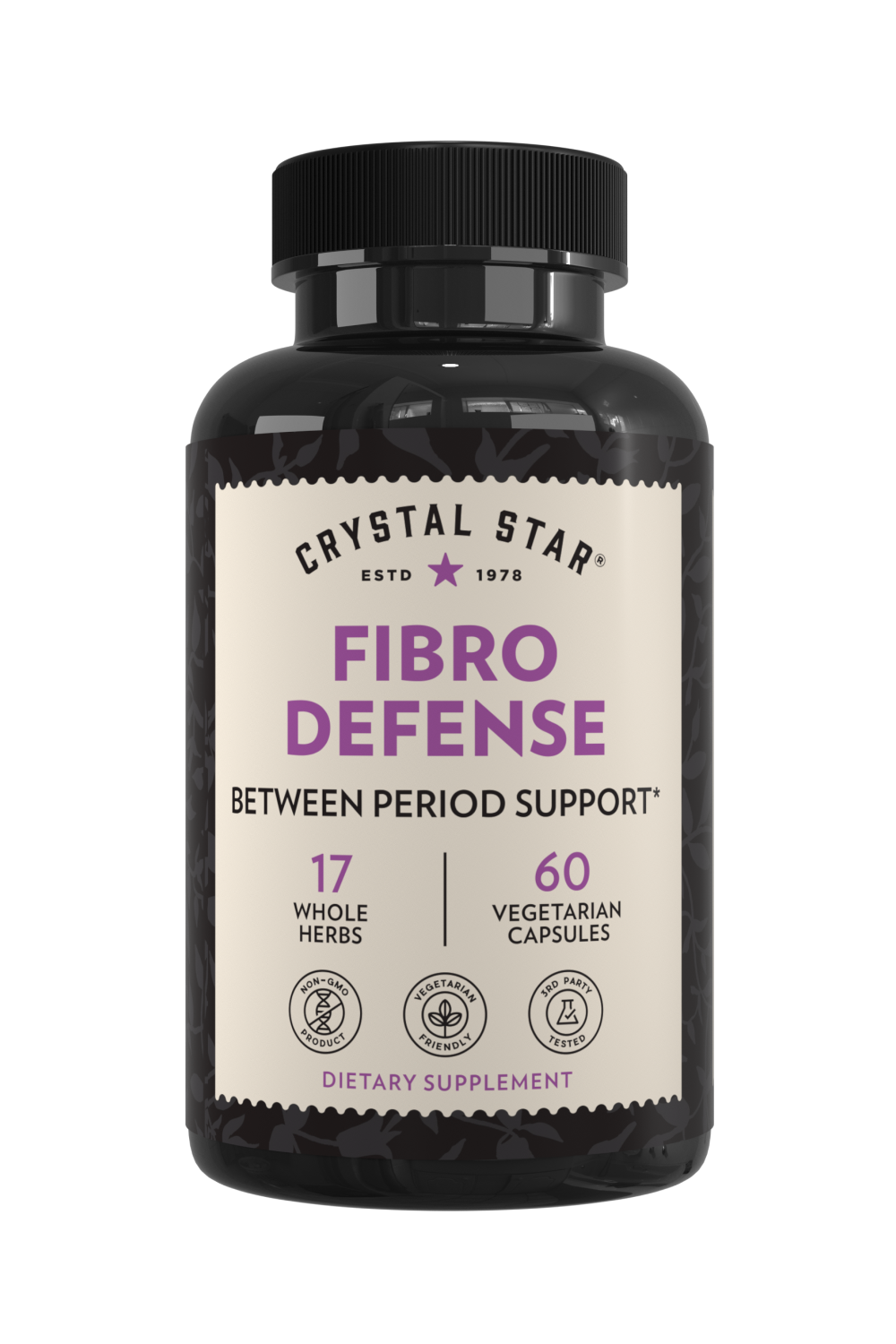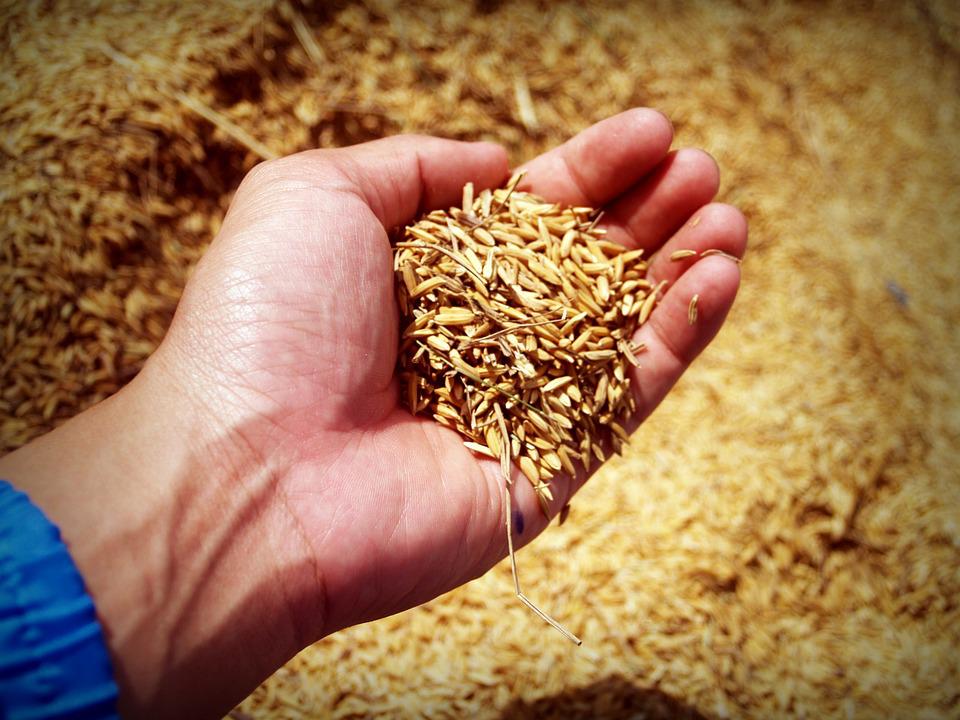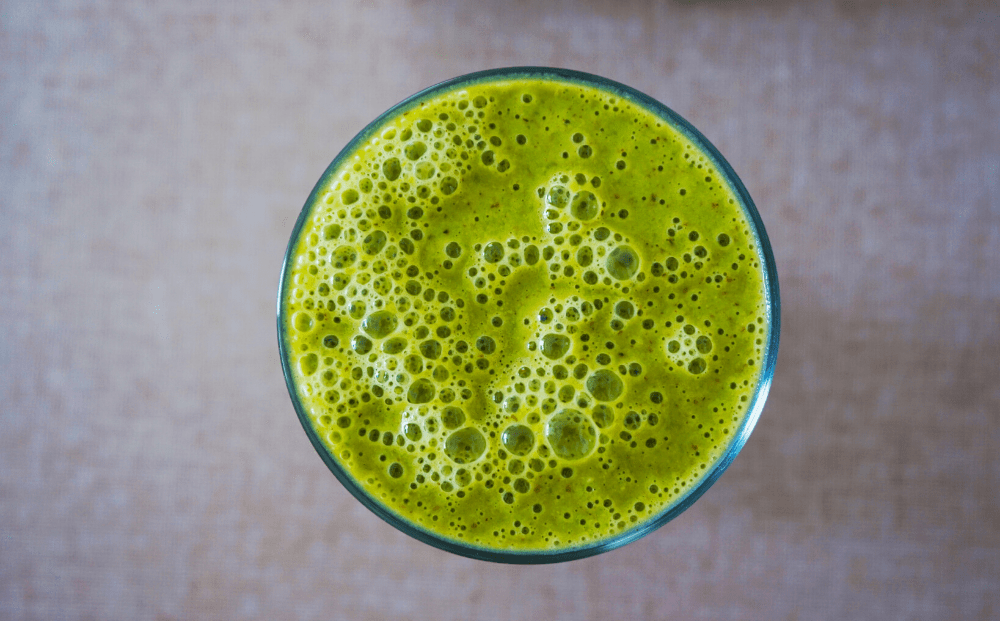
INTERMITTENT FASTING: THE SAFE WAY TO DETOX AND EAT HEALTHY
Cleanses, fasts, and detox plans abound online, with wellness icons from Gwyneth Paltrow to Dr. Oz plugging complicated deprivation drills. But days-long fasts built around fruit and vegetable juice can encourage disordered eating under the guise of self-care. And while fresh juices may be rich in vitamins and minerals, they lack the protein, fat, and fiber we need to sustain healthy body functions.
Yet, a growing body of research shows that the common-sense advice of eating fresh, whole foods may not be the only key to metabolic health. One form of daily fasting, based on circadian rhythms, may actually jumpstart your digestive system.
CHANGING WHEN YOU EAT IMPROVES YOUR METABOLISM
Intermittent fasting is a bit of a misnomer, calling to mind skipped lunches and lemon water. But the fast in intermittent fasting refers to a healthy daily period of not eating, i.e. after dinner, while you sleep, and before breakfast. In other words, intermittent fasting (or more accurately, circadian rhythm eating) research shows that all-day grazing, late-night snacking, or irregular meals aren’t great for our health.
That’s because our digestive system (and the microbes it hosts), like all body systems, operates on a 24-hour rhythm requiring periods of rest to remain healthy. Eating during these genetically programmed rest periods taxes digestive organs like the pancreas, which secretes the insulin that moves sugar from your bloodstream to your cells. Insulin then stores any leftover sugar in your liver and muscles. If your liver has more sugar than it needs, it converts it into fat, leading to weight gain.
Persistent, elevated insulin levels brought on by all-day snacking are linked to higher cardiovascular risk in children and young adults, while lower insulin levels brought on by fasting help your body burn fat. Periods of fasting also lower blood pressure, encourage the cellular repair that protects against infection, degeneration, and cancerous growth, and elevate growth hormone levels, helping to increase muscle mass.
HOW TO LOSE WEIGHT WITHOUT GOING HUNGRY
The circadian diet is worth a shot if you get irate when you’re hungry (“hangry”), have digestive problems like heartburn or frequent bloating, experience intense cravings, can’t lose weight despite a healthy diet and exercise routine, feel like your metabolism has slowed with age, and/or suffer from poor sleep quality. If you decide to try it, go slow. Most people eat over a 12-15 hour window with 12-9 hours of fasting. The circadian diet recommends you shorten your eating period to 8-10 hours and eat real meals with breaks in between to give your digestive organs a chance to recover.
That’s a big change, so start with a 12-hour eating window then shave off an hour every day until you’re down to eight — or nine or ten if eight feels too restrictive. After 30 days, assess how you feel. Good? Then feel free to continue. Bad? Adjust your eating schedule until you feel better.
The great thing about circadian eating is that you can eat a healthy and satisfying quantity of food every day. It’s a lifestyle change, not a yo-yo diet.
CIRCADIAN DIET SHORTCUT: EAT A BIGGER BREAKFAST
So, how do you schedule your meals on a circadian diet? It’s not easy, especially for those of us working from 9-to-5 (who wants to eat dinner at work?).
Studies show that our bodies are better at regulating blood sugar, digesting, and burning calories in the morning, so try making breakfast your biggest meal and consider bringing it to work (along with lunch). That way, you can start your eating window later and have plenty of time to make dinner at home.
Healthy fats like full-fat yogurt and avocado and high-fiber grains like brown rice have great nutrient profiles and also help you feel full longer. Add an egg or some tofu and a piece of fruit, and you’ll feel full until lunch.
If eating breakfast at your desk feels clumsy, try this calorie-rich green smoothie recipe.
Circadian Diet Smoothie
- 1 handful of baby spinach
- 2 bananas
- 2 cups almond milk
- 2 dates
- 3 tablespoons peanut butter or almond butter
- 1/4 cup full fat plain yogurt
- 1/8 teaspoon cinnamon
- 1 pinch of salt
- Adjust the ratios to taste, blend, and take it to-go.
At lunch, decrease your portions and calorie load, and for best results keep dinner light when you get home. Throughout the day, try to stick to fruits, vegetables, whole grains, lean protein, and healthy fats from nuts, seeds, olive oil, or fatty fish.
HERBS FOR HEALTHY METABOLISM
Some herbs may actually assist your body’s natural metabolism. One 2018 study found that the combination of catechins and caffeine in matcha green tea can help accelerate fat burning during exercise. Green tea may also help regulate blood sugar, keeping you from hunger spikes and mood plummets.
Look for professionally blended formulas that combine green tea with additional herbs like dandelion and licorice root. Animal studies show that dandelion may lower both fat and sugar levels in the bloodstream, and a review of 26 clinical trials found that licorice consumption also reduces BMI.
CIRCADIAN RHYTHM DIET: THE GOOD AND THE BAD
The circadian diet is about satisfying your hunger in a deliberate and consistent way. Beyond the physical benefits sticking to meal and rest times every day honors the healing qualities of food instead of making it the enemy
That said, the circadian diet isn’t necessarily the best fit for everyone. Skip it if you’re under 21, over 70, a brittle diabetic, or pregnant, or if you have a low Body Mass Index (BMI), a history of eating disorders, or heart or kidney problems. We also recommend the “ain’t broke, don’t fix it approach” if you’re happy with your daily energy levels, hunger patterns, digestion, and sleep. The science behind the circadian diet is cool, but every body is different —if you already feel well, you probably are.







